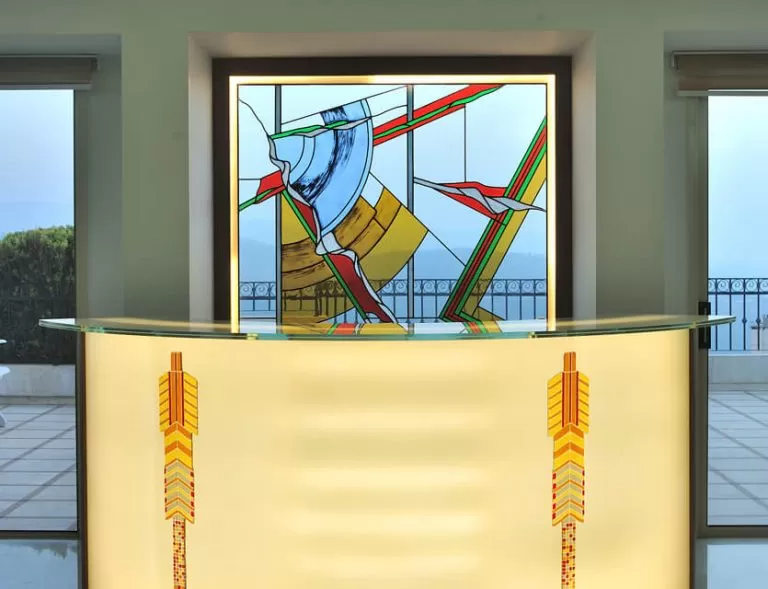Glass bending has undergone a revolutionary transformation, challenging traditional notions and introducing a new era of architectural and design possibilities. Innovations in glass bending techniques have shattered the constraints of flat surfaces, allowing architects and artists to sculpt glass into breathtaking curves that redefine the boundaries of form and function.
Hot bending and cold bending:
Two primary methods, hot bending and cold bending, have emerged as pioneers in reshaping our perspectives on what glass can achieve. Hot bending involves heating glass to its pliable state and manipulating it into the desired shape. This method enables the creation of complex curves and intricate forms, making it a favorite for architects envisioning dynamic, flowing structures. Cold bending, on the other hand, relies on mechanical force to shape the glass without the need for high temperatures. This technique is versatile, offering a more straightforward process for achieving gentle curves and bends.
Advancements in technology:
Technological advancements have played a crucial role in pushing the boundaries of glass bending. Computer Numerical Control (CNC) machinery, precision cutting tools, and 3D modeling software have empowered designers to translate their visionary concepts into tangible glass structures with unparalleled accuracy. This marriage of craftsmanship and technology has expanded the horizons of what is achievable, allowing for the creation of intricate, custom-designed glass elements that were once deemed impossible.
Laminated and layered complexity:
Innovations extend beyond mere curvature, delving into the realm of laminated and layered glass. By combining multiple layers of glass with interlayers of materials like resin or fabric, designers can achieve complex curves and also introduce texture, color, and structural integrity. This multifaceted approach adds a new layer of creativity, allowing for the integration of functionality and aesthetics in unprecedented ways.
Vibrant architectural applications:
Glass bending innovations have left an indelible mark on architecture. Iconic structures around the world, from avant-garde skyscrapers to art museums, showcase the vibrant possibilities that bending brings to the built environment. The ability to create sweeping arcs, undulating facades, and gravity-defying installations has transformed the skyline, turning cities into galleries of fluid, glass masterpieces.
Sustainability in curvature:
The quest for sustainable design has found a partner in glass bending innovations. By optimizing the use of materials and incorporating energy-efficient technologies, curved glass installations contribute to environmentally conscious architecture. Natural light optimization, improved thermal performance, and reduced reliance on artificial lighting are just a few benefits that highlight the sustainability of curved glass applications.
